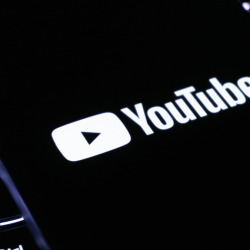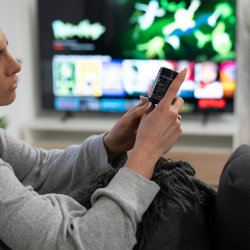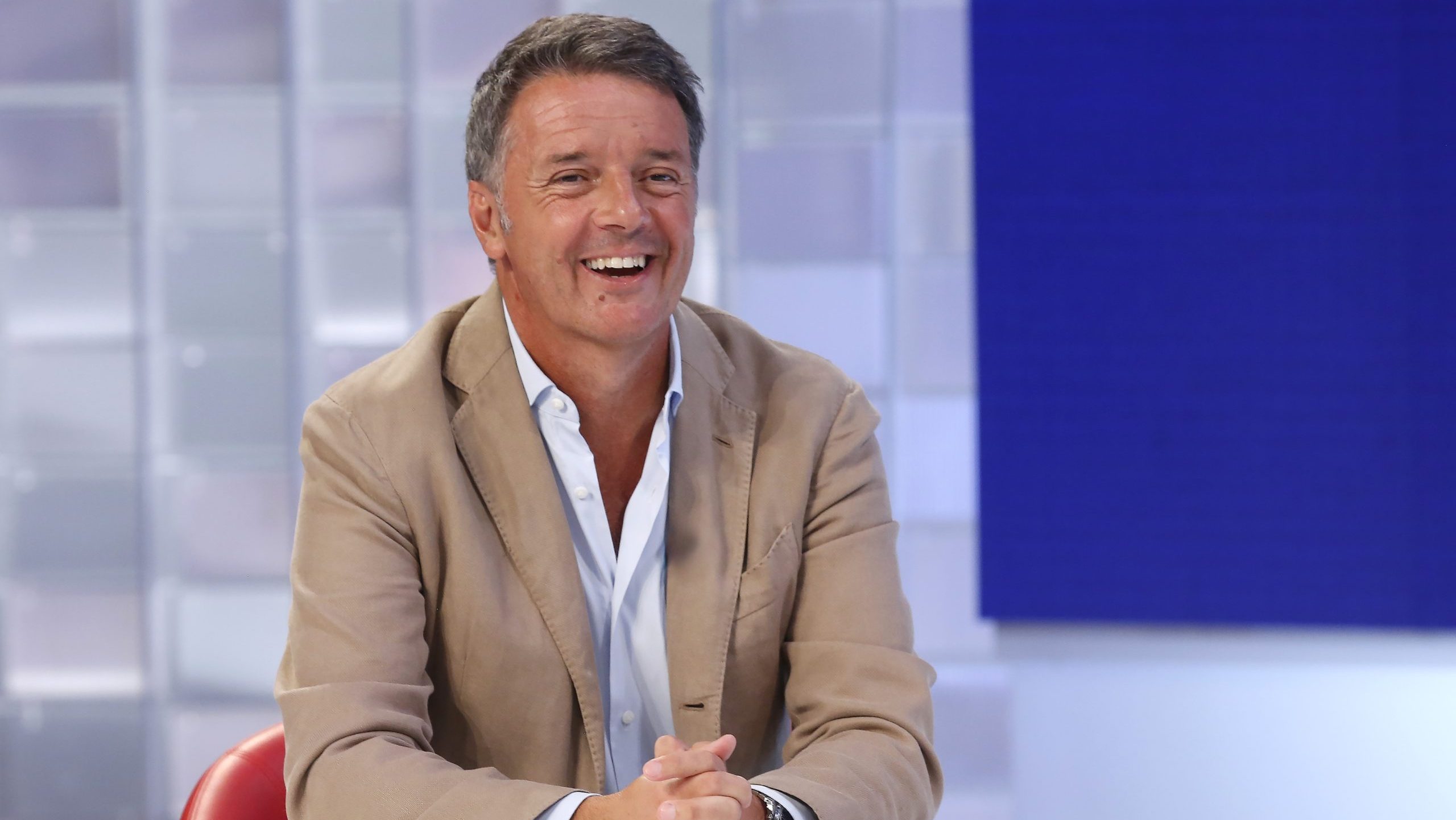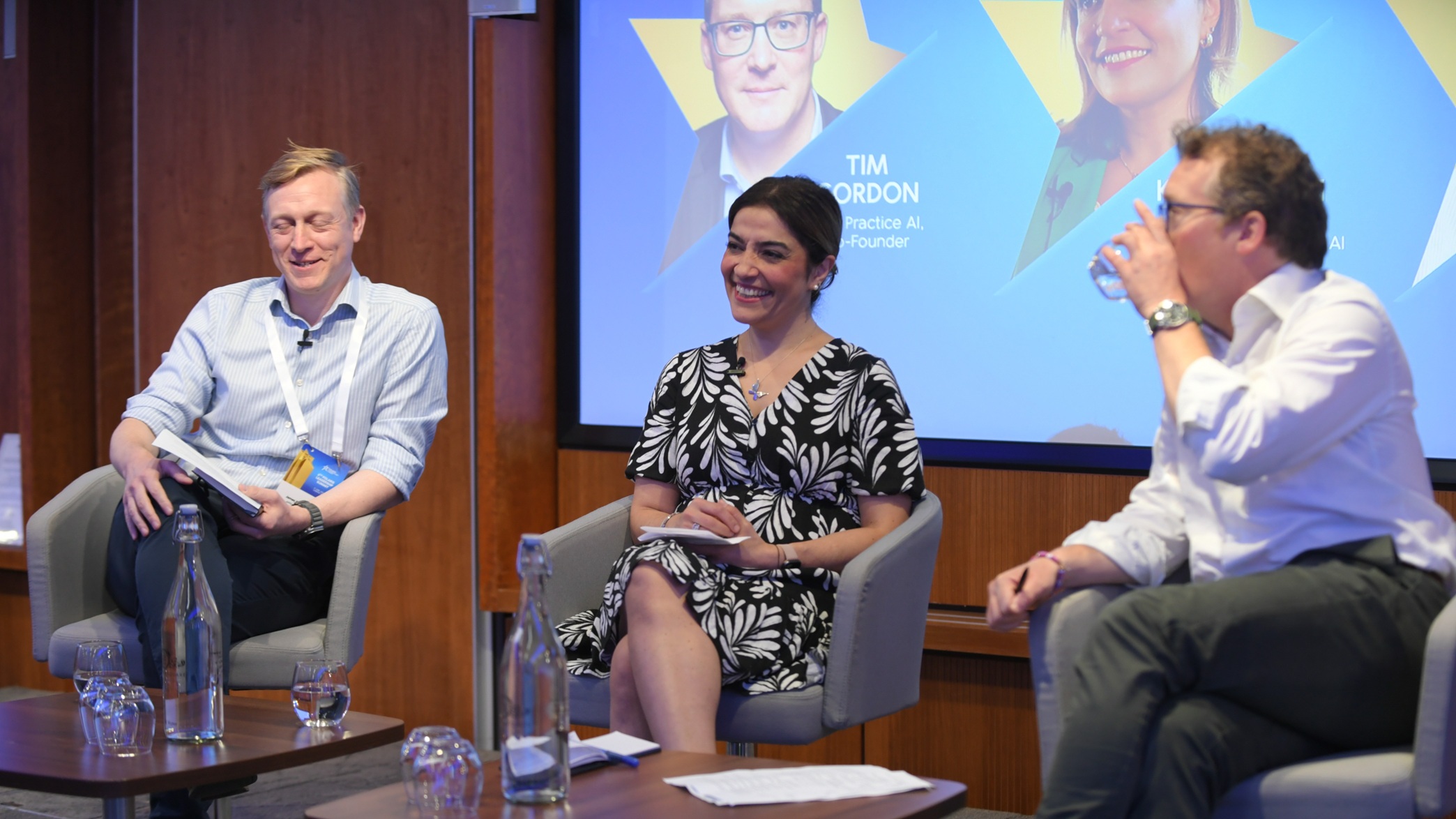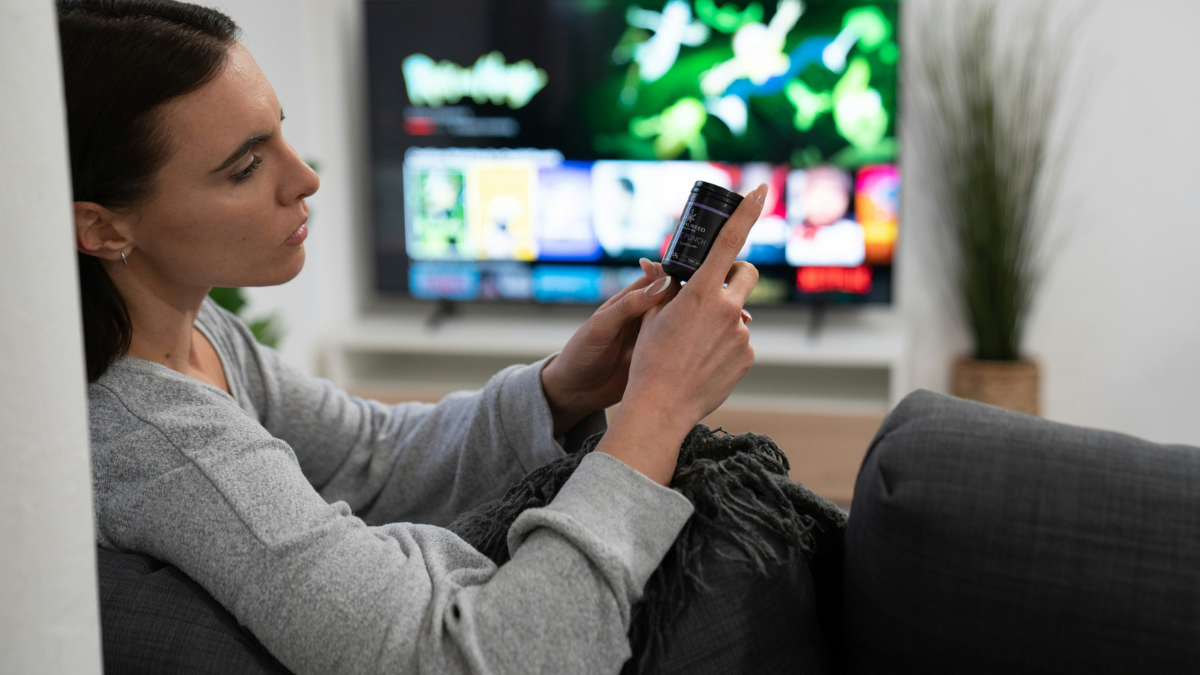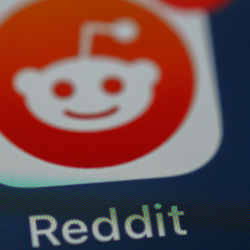The second day of The Future of Media, Adwanted’s annual event dedicated to the future of commercial media, brought together the media industry for a day of discussions around leadership in media, changing media consumption habits and new strategies around social and digital media.
In the most anticipated session of the day, Global’s Group Chief Executive Stephen Miron joined The Media Leader’s Omar Oakes on the stage to discuss his 16 years in the role, delving into the details of how he transformed the business into a media giant with a portfolio of successful brands across OOH, national radio and digital. Miron is stepping down in a few months from his position, but will take on a new role as Chair. Talking about how he led the consolidation in the OOH space, Miron mentioned Global’s trials in the live events and entertainment markets, highlighting the importance of moving on quickly from failures.

Nafisa Bakker, CEO and co-founder of Amaliah, took the stage alongside UM Worldwide’s Gabriela Paiva and Michael Brown. Together, they talked about one of the most overlooked audiences: Muslim customers. According to their research, Muslims currently make up 5% of the UK population (3.9 million) and have an immense buying power, yet only 14% feel that advertising accurately represents them, whereas 59% of articles in mainstream media portray them in a negative light. Surveying Amaliah’s audience, UM Worldwide found that 50% ‘probably would’ and 25% ‘definitely would’ purchase products from brands that portray them positively or authentically. The panel pointed to FIFA, Tesco, Gymshark, Sainsbury’s and Nike as successful brands in this space.
In a session titled ‘Profit Ability 2: Here’s why advertising works’, Mindshare’s Seena Samani and EssenceMediacom’s Olga Zaitseva walked the audience through research they conducted for Thinkbox earlier this year. The study looked at three payback timeframes: immediate payback (same week as advertising), carryover payback (week 2-13), and sustained payback (week 14-2 years). The analysis revealed linear TV as the greatest driver of full profit volume when considering all three speeds of payback.
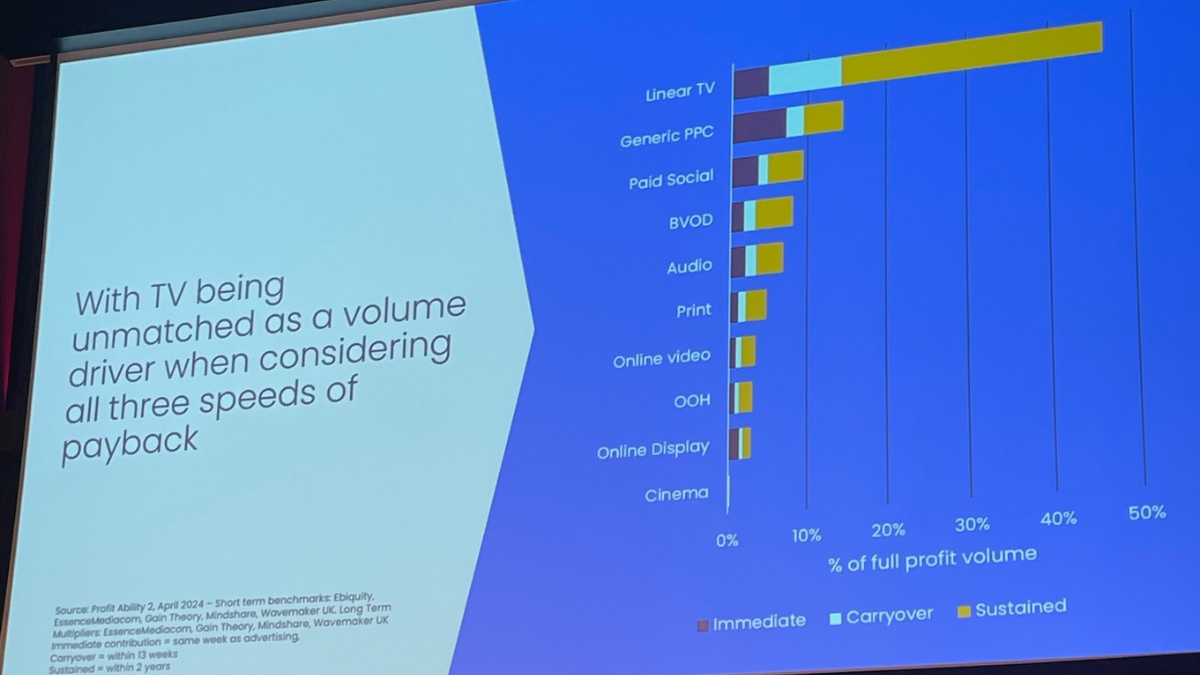
Kantar’s Jamie Williams and Gonca Bubani took the stage in the afternoon, presenting findings from their recent study, Media Reactions 2024. Williams and Bubani began by sharing some good news, revealing that consumers are more receptive to ads today than in the past. They further identified the key creative elements impacting ad receptivity, pointing to humour and music. However, there is a difference between generations as Baby boomers and Gen X prioritise humour while Gen Y and Gen Z are more receptive to good music.
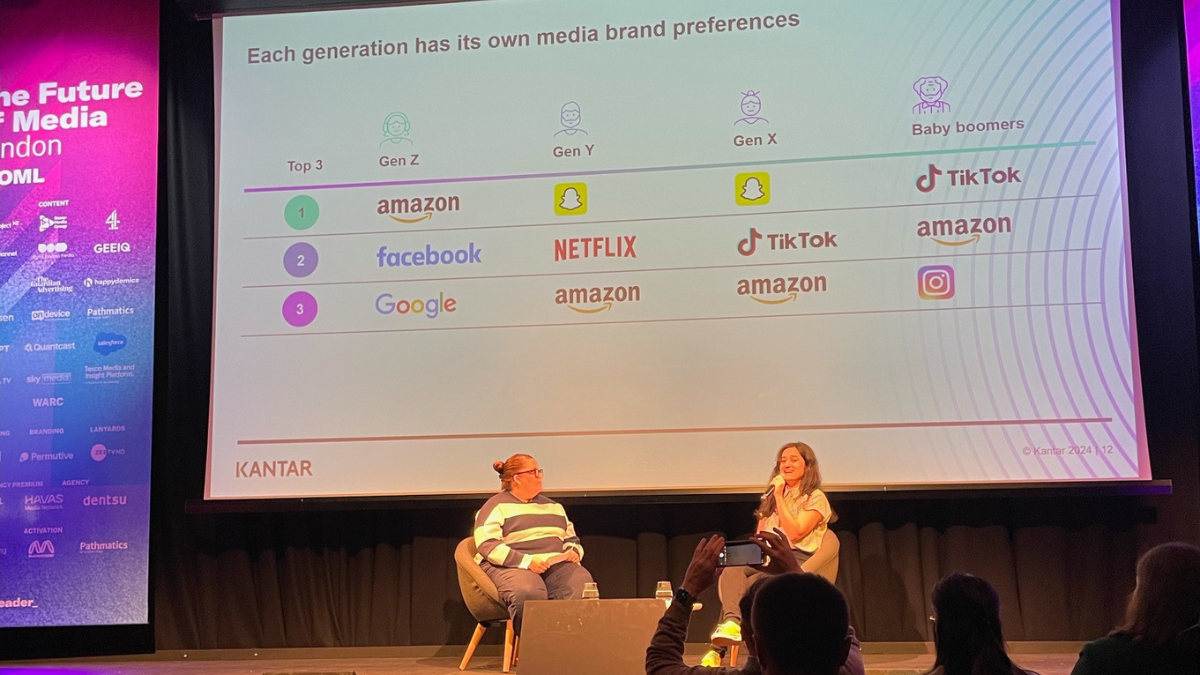
Not surprisingly, each generation also has its own media brand preferences; what is surprising, however, is that TikTok was found to be the top choice for Baby boomers. Commenting on the crowd’s assumption that TikTok would be favoured by Gen Z instead, Bubani said: ‘You need to look at data, you cannot just assume’.
Featured image: Global’s Stephen Miron and The Media Leader’s Omar Oakes
